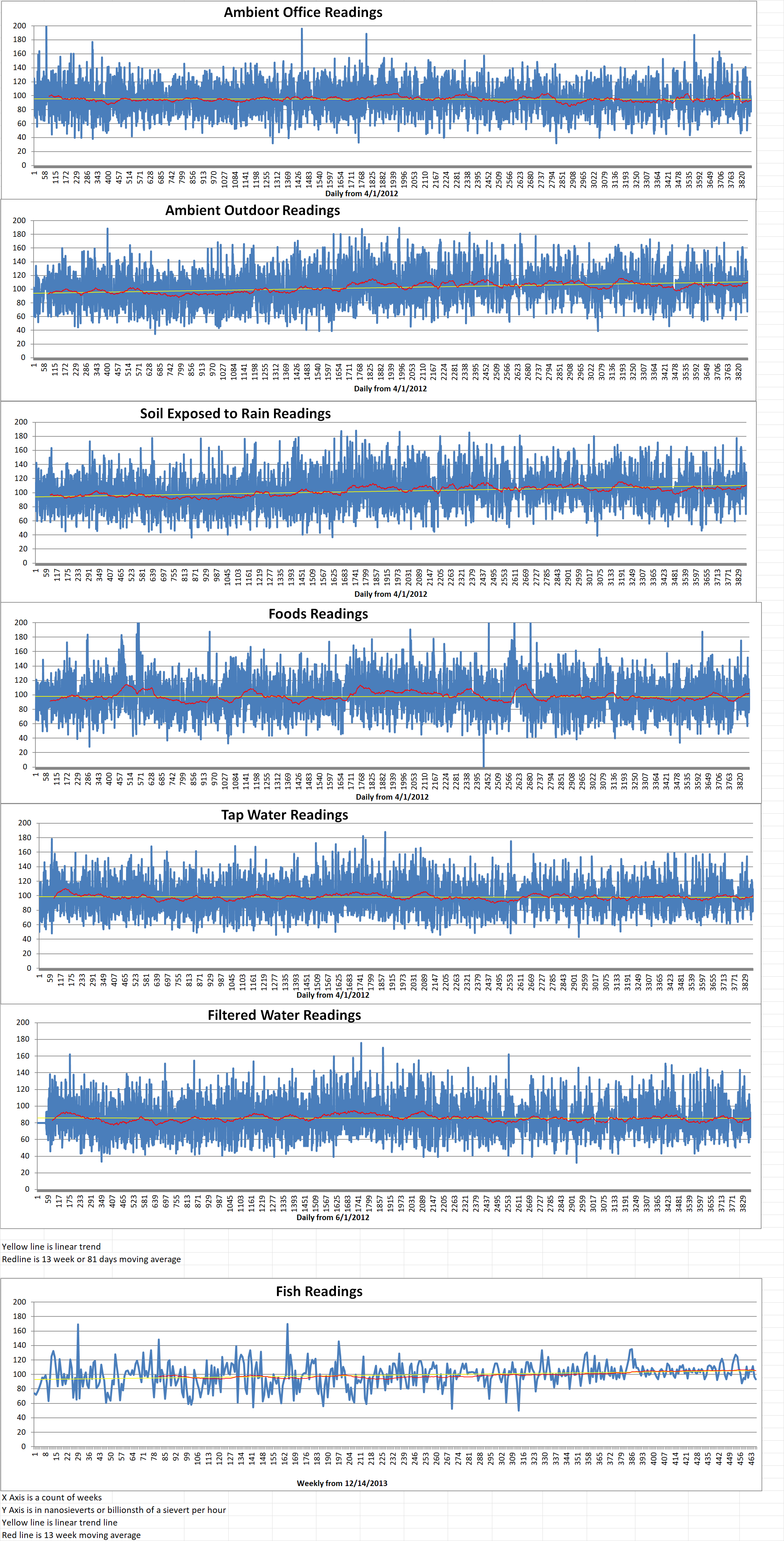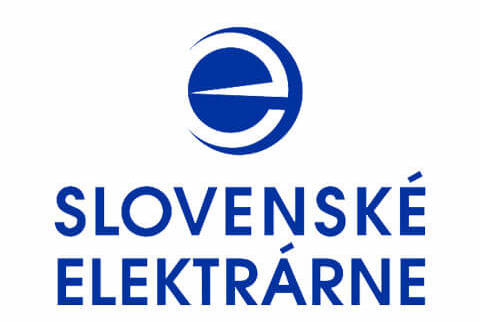Slovenské elektrárne, a.s. (SE) is an electric utility company based in Bratislava, Slovak Republic, and is the successor to the former state monopoly. It operates nuclear, hydroelectric and fossil fuel power plants in the Slovak Republic.
SE said that over the past weekend, there were successful start up tests and the launch of steam turbines for the new Unit 3 reactor at the Mochovce nuclear power plant. It was connected to the Slovak power grid for the first time at twenty percent of its nominal power at 11 PM on the 31st of January.
Branislav Strýček is the Chairman and CEO of Slovak Power Plants. He said, “Today represents a fundamental milestone for SE, the community of nuclear energy workers and the entire country. As of today, the third unit converts the thermal energy released in the reactor into electricity. This will help us fulfill the agreement with the government, in which SE undertook to supply cheap electricity for households at a price of EUR61.2077 euros (USD66.7) per megawatt hour, which represents an unprecedentedly low price of electricity for households within the EU. The new block will significantly contribute not only to energy stability, but also to the commitment to reduce greenhouse gas emissions on the road to carbon neutrality.”
During the energy start-up process, tests have been carried out at increasing power levels – five percent, fifteen percent and twenty percent – of the reactor’s nominal power. The company said, “After successfully preparing and carrying out the tests necessary for the start of the turbines, over the weekend, steam was brought into them for the first time, which gradually spun them up to the nominal speed – 3000 revolutions per minute.”
Tests were also carried out on the generator itself, the block transformer and the four hundred kilovolts line connecting the plant to the Slovak electricity system. “After completing this part of the power start-up, Slovenské elektrárne could proceed to the actual phasing of the first turbogenerator to the network at 20% of the nominal power of the reactor and the third unit … began supplying the first electricity to the network.”
The next stage of the launch process will be to test the reactor at levels from thirty five percent to one hundred percent. The final step is the successful completion of a one hundred and forty four hour trial run at the full four hundred and seventy one megawatt output.
Martin Mráz is the director of the Mochovce plant. He said that in the coming weeks, “the new unit will supply electricity to the grid with short-term planned shutdowns, according to the new unit commissioning schedule”.
Construction of the first two four hundred and seventy-one megawatt VVER units at the four-unit Mochovce plant began in 1982. Work started on Units 3 and 4 in 1986, however it stalled in 1992. Units 1 and 2 were completed and came online in 1998 and 1999 respectively. A project to complete Units 3 and 4 started in 2009. Unit 4’s schedule has been to follow about one or two years behind work on Unit 3. Each of these reactors will be able to provide about thirteen percent of Slovakia’s electricity needs when operating at full capacity.
The final design includes many upgrades for safety and security. These include aircraft impact protection and emergency management measures based on lessons learned from the Fukushima disaster which were incorporated during the project. The Slovak Nuclear Regulatory Authority issued the final authorization for commissioning Unit 3 of the Mochovce nuclear power plant in August of this year. The service life of the new reactor is expected to be about sixty years.





